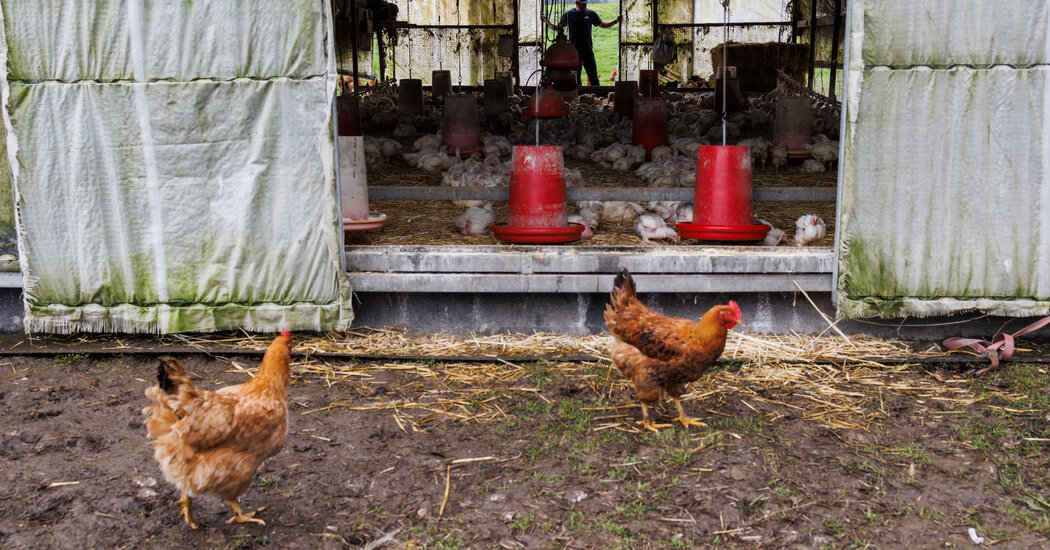Big poultry farms have received millions of dollars for their losses. Animal welfare groups contend that aid reinforces inhumane cullings of sick birds.
The highly lethal form of avian influenza circulating the globe since 2021 has killed tens of millions of birds, forced poultry farmers in the United States to slaughter entire flocks and prompted a brief but alarming spike in the price of eggs.
Most recently, it has infected dairy cows in several states and at least one person in Texas who had close contact with the animals, officials said this week.
The outbreak, it turns out, is proving to be especially costly for American taxpayers.
Last year, the Department of Agriculture paid poultry producers more than half a billion dollars for the turkeys, chickens and egg-laying hens they were forced to kill after the flu strain, H5N1, was detected on their farms.
Officials say the compensation program is aimed at encouraging farms to report outbreaks quickly. That’s because the government pays for birds killed through culling, not those that die from the disease. Early reporting, the agency says, helps to limit the virus’s spread to nearby farms.
The cullings are often done by turning up the heat in barns that house thousands of birds, a method that causes heat stroke and that many veterinarians and animal welfare organizations say results in unnecessary suffering.
Among the biggest recipients of the agency’s bird flu indemnification funds from 2022 to this year were Jennie-O Turkey Store, which received more than $88 million, and Tyson Foods, which was paid nearly $30 million. Despite their losses, the two companies reported billions of dollars in profits last year.
